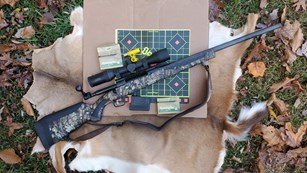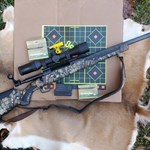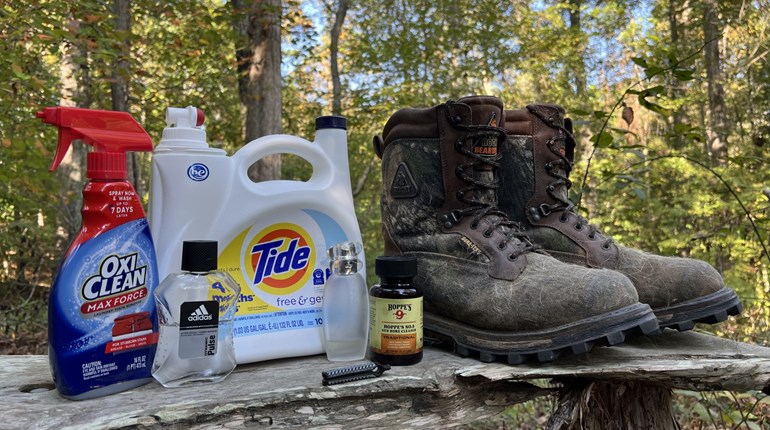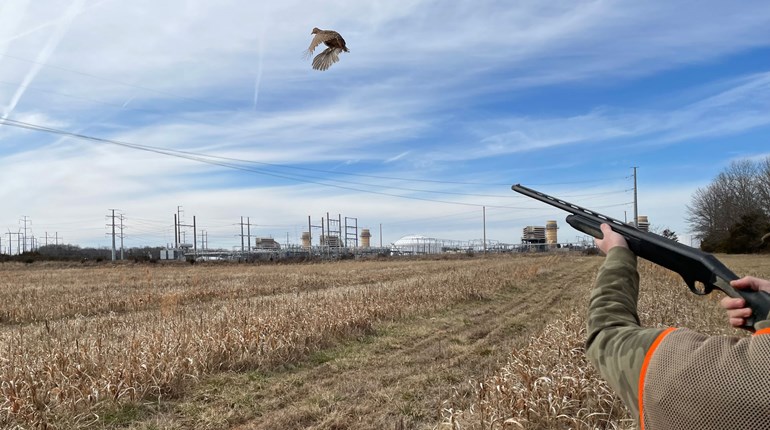
As the physical link between hunter and game, the bullet plays a vital role in any hunt. For this reason, a heavy reliance and high expectations ride on a hunting bullet's performance. While a hunting bullet may appear to be a simple assembly of two or more unsophisticated parts, every bullet combines a complex series of engineering compromises and tradeoffs. Because a well-designed bullet requires a unique combination of engineering and experience, the design process comprises equal parts art and science.
From the standpoint of interior ballistics, the ideal hunting rifle bullet would be a bore-diameter, homogenous cylinder. Such a bullet would be cheap, easy to manufacture and have maximum bearing surface for superior accuracy. From the standpoint of exterior ballistics, on the other hand, an efficient hunting rifle bullet would have a high length-to-diameter ratio, a sharp, drag-reducing point and a tapered base (boattail). Such a bullet would offer high retained velocity and energy, flat trajectory and minimum wind drift. From the standpoint of terminal ballistics, the ideal hunting rifle bullet would combine sub-m.o.a. accuracy with reliable penetration, consistent double-diameter expansion and 100 percent weight retention.
The problem is that all of the above requirements pull rifle bullet designers in different and often mutually exclusive directions. As a result, all rifle bullets are a compromise; none is perfect. All bullet designers begin with a set of performance criteria that determines the engineering compromises they will use in designing a specific bullet. Their criteria may meet your requirements—or prove totally unsatisfactory. For this reason, manufacturers offer hunting rifle bullets in a bewildering array of calibers, weights, profiles and constructions.
In the end, the shooter must first determine the performance parameters they need from their rifle bullets, and then select the bullet profile, weight and construction that will provide the performance they seek. Begin this process by reviewing all the bullets offered in your particular caliber in manufacturers' literature. The select an appropriate ogive and tail profile based on the ranges expected to be encountered. Next, select a bullet weight appropriate for the intended game. Lastly, select a bullet construction appropriate to the hunting conditions and size of the game.






































